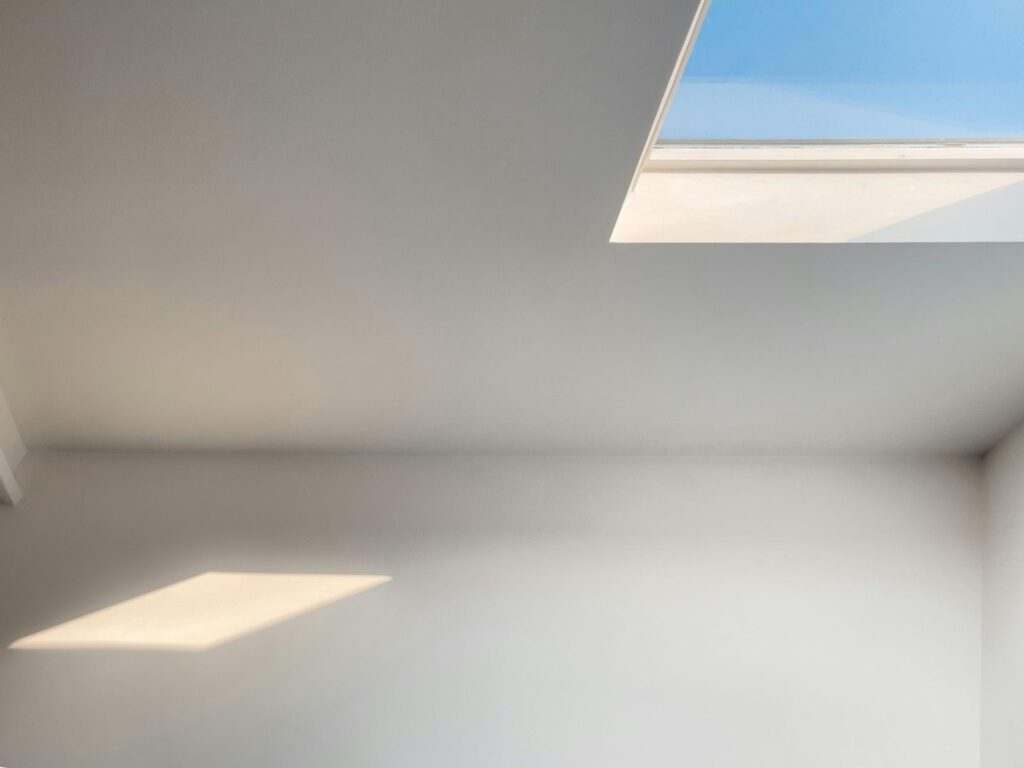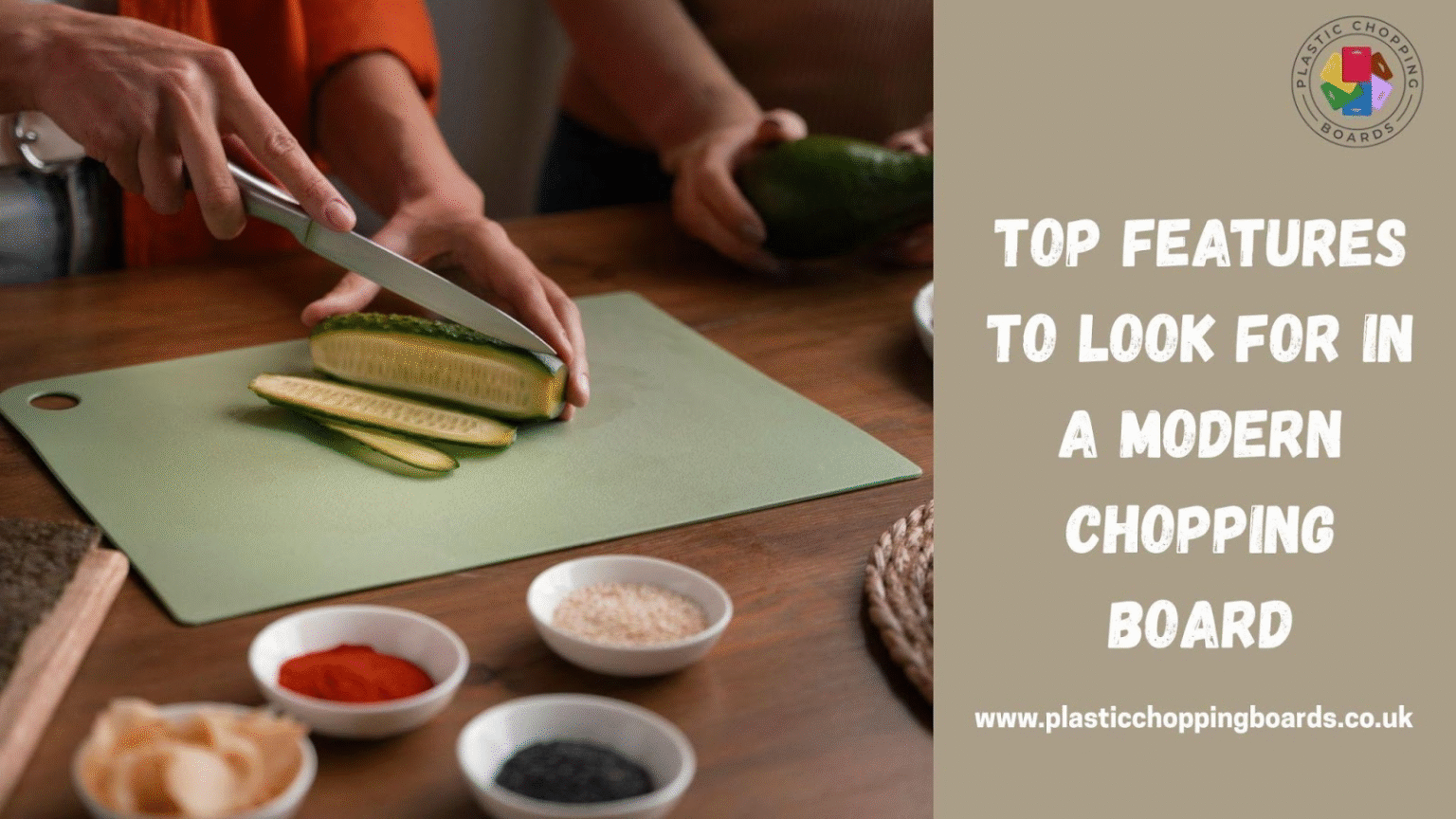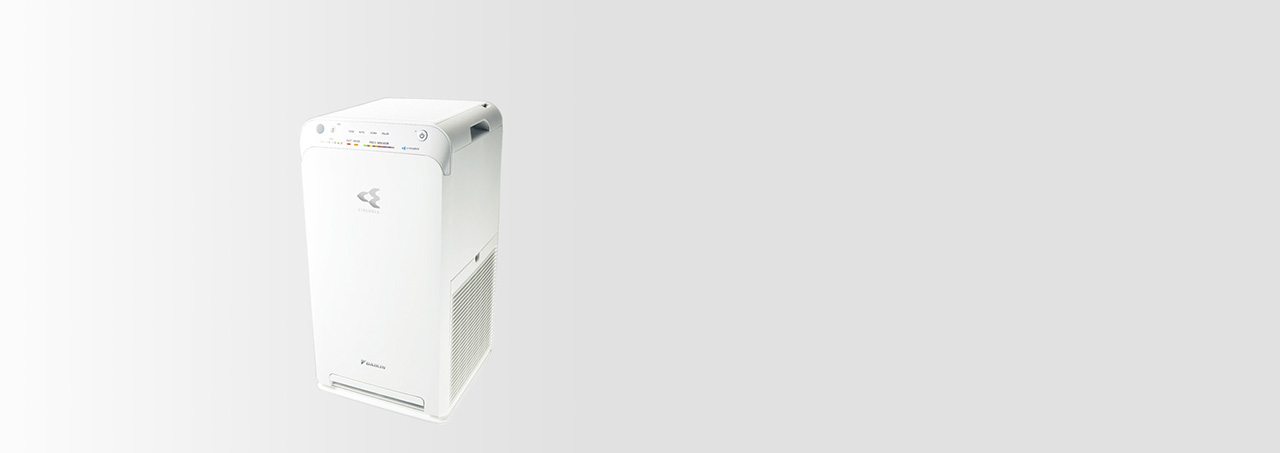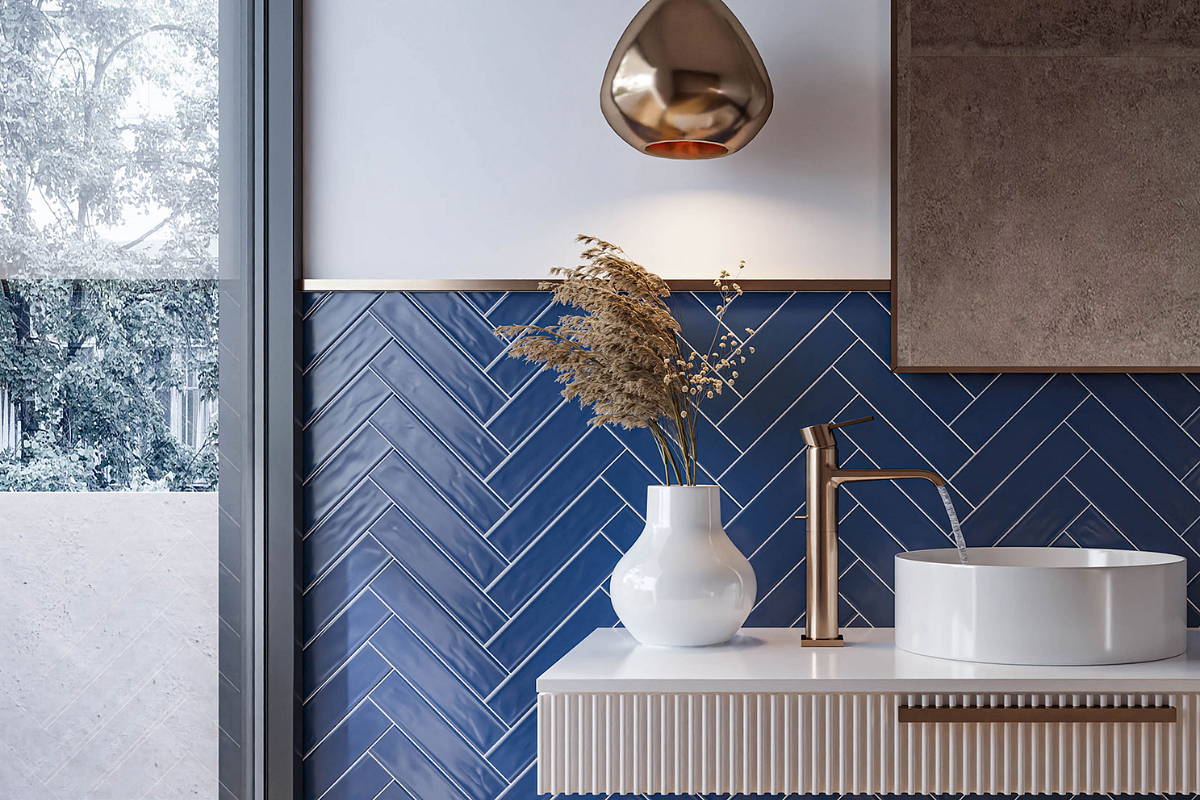Growing demands for both safety and aesthetics have made safety glass a standard in residential and commercial construction. More and more investors expect glazing that not only looks great but also offers real protection for users. That’s why laminated glass—commonly referred to as safety glass—is gaining popularity across a wide range of projects. This guide explains what this solution really is, what classifications it includes, and where it’s worth applying.
How is safety glass made?
Safety glass consists of at least two panes of glass bonded together with one or more layers of PVB or EVA film. The lamination process is carried out under pressure and at high temperatures, permanently bonding the layers and preventing shards from scattering if the glass is broken. When shattered, the glass fragments remain adhered to the film, significantly reducing the risk of injury. This technology also allows additional features to be added, such as UV filtering or enhanced acoustic insulation.
Laminated glassclasses and standards
The classification of safety glass is defined by standard PN-EN 12600 for impact resistance and PN-EN 356 for burglary resistance. The lowest class, 3B3, protects against accidental breakage, while class 1B1 can withstand much higher impact forces. In anti-burglary applications, classes range from P1A to P8B, with P8B requiring heavy tools to breach the glass.
The appropriate class should be selected based on the function of the building, exposure of the glazing, and the insurer’s requirements. Understanding these classifications helps tailor the glass parameters to real needs—without overpaying for unnecessarily high protection.
Common applications of safety glass
For projects where safety glass is used in balustrades, working with an experienced specialist is essential. SMART Balustrades design, manufacture, and install bespoke glass balustrade systems across the UK, ensuring compliance with safety standards while achieving a sleek, modern finish. Their expertise helps architects, developers, and homeowners integrate safety glass into balconies, terraces, and staircases without compromising on style.
- Safety glass in frameless balustrades provides a minimalist look while preventing falls from height.
- In roof glazing, it reduces the risk of falling shards during hailstorms or glass breakage.
- In shop windows, it enhances resistance to vandalism and burglary attempts.
- In office partitions, it improves acoustic comfort while maintaining visual openness.
- In shower enclosures, it boosts user safety—even with sudden temperature changes.
Benefits beyond safety
The properties of the laminating film help block UV radiation, protecting furniture from fading. Additional interlayers absorb sound waves, which is why safety glass is often used in buildings near busy roads. Laminated glass is also available in tinted, frosted, and digitally printed versions, offering wide design flexibility. The structure remains stable even after drilling or milling, which simplifies the installation of fittings and mounting systems. This allows architects to design bold glazing solutions without compromising on safety.
What to consider when choosing safety glass
Resistance class is just the starting point—other key factors include glass thickness and the number of film layers. It’s essential to check the compatibility of the glass with the framing system and any requirements for expansion joints. Manufacturer certification confirming the performance characteristics in the technical datasheet is also crucial. Cleaning methods should be considered in advance, as certain coatings require specialized products. Lastly, professional installation is critical—poorly mounted glass or balustrades can completely negate the advantages of the material.
Summary
Safety glass is not just a design trend but above all a reliable means of protecting lives, health, and property. Thanks to the wide range of lamination classes, it’s easy to match the solution to a home terrace, retail storefront, or upscale office space. In addition to safety, it offers UV filtering, better acoustics, and nearly limitless design possibilities. Making an informed choice allows for cost optimization while meeting regulatory and investor expectations. Investing in high-quality safety glass ensures peace of mind, durability, and outstanding aesthetics for years to come.











